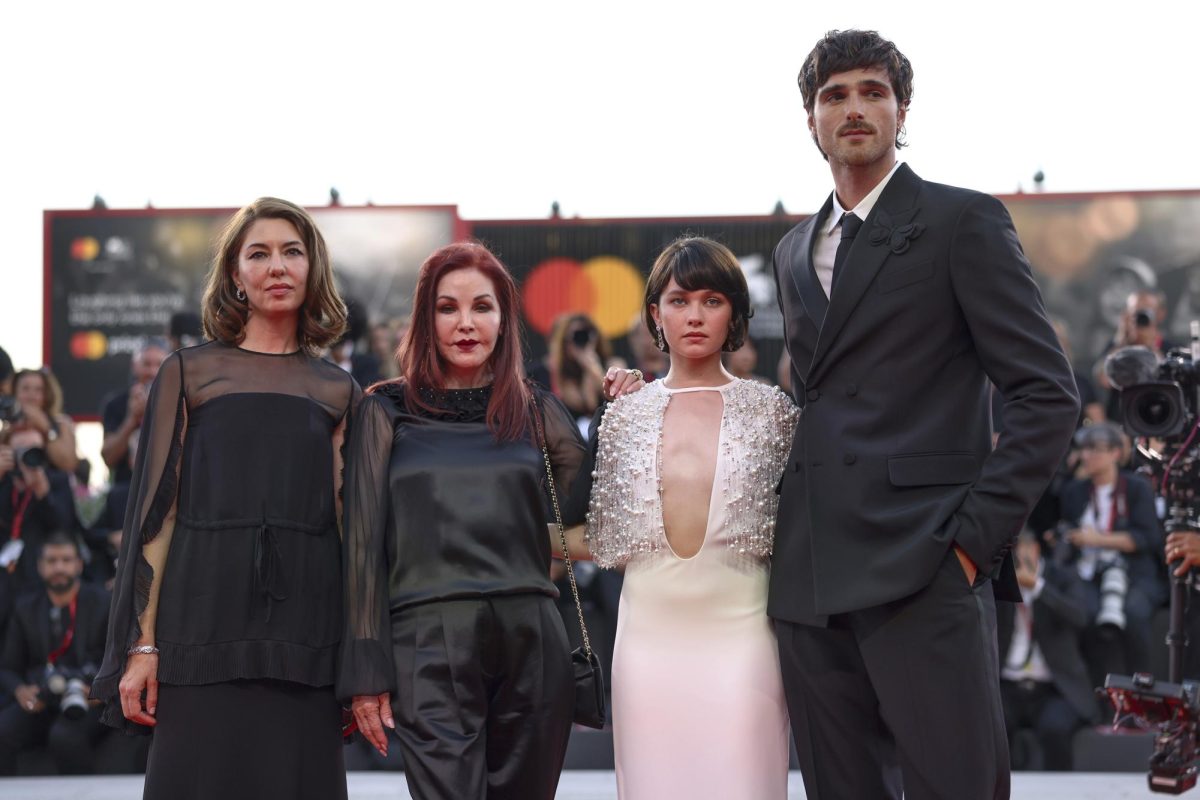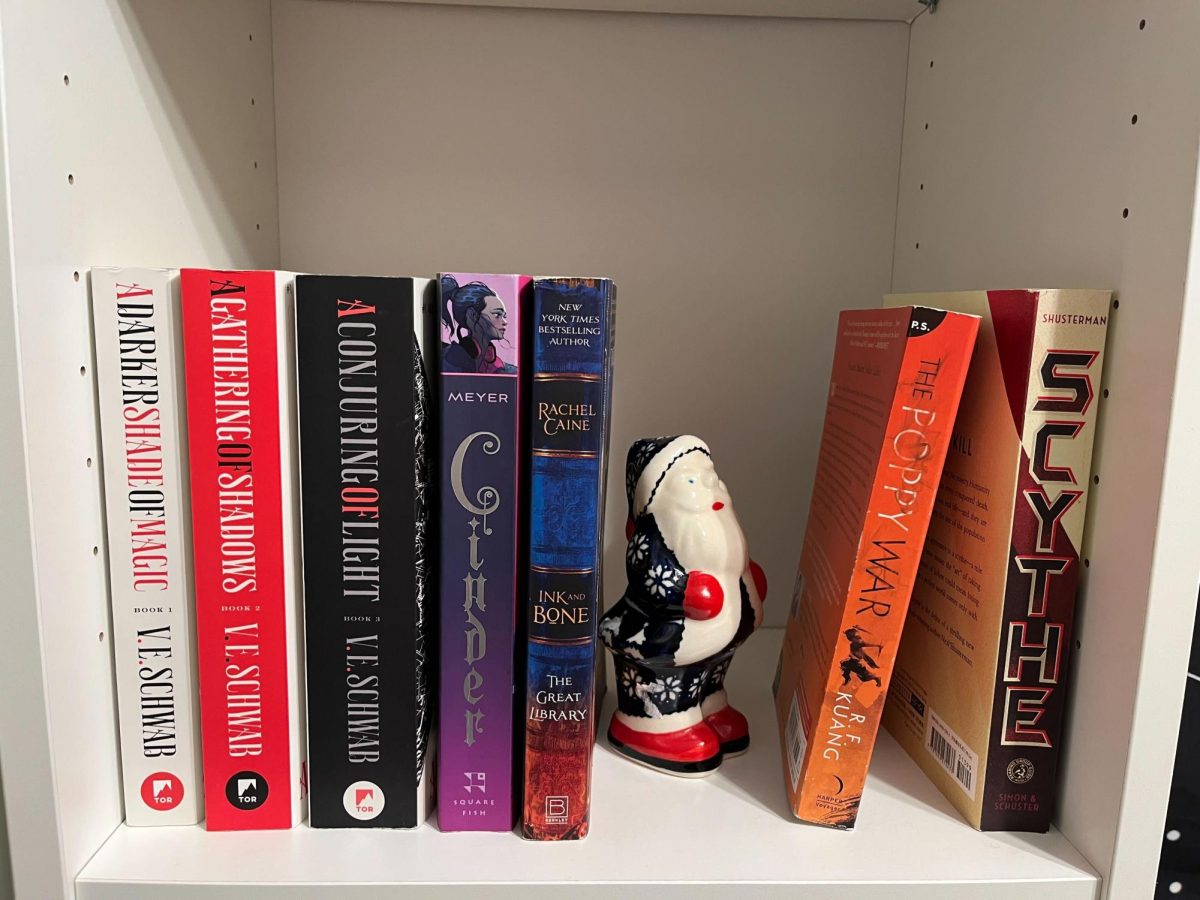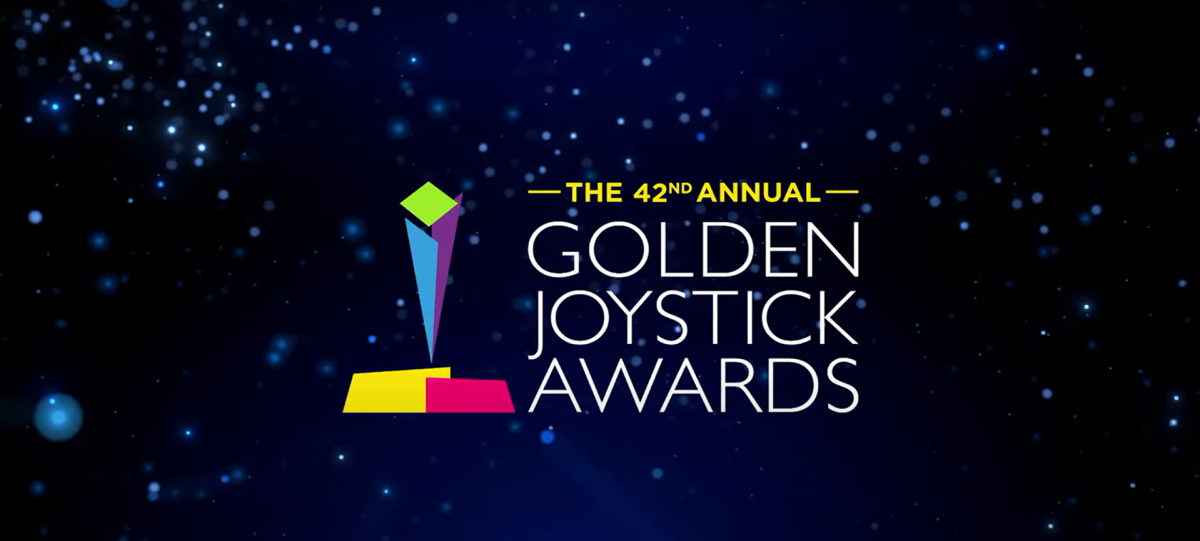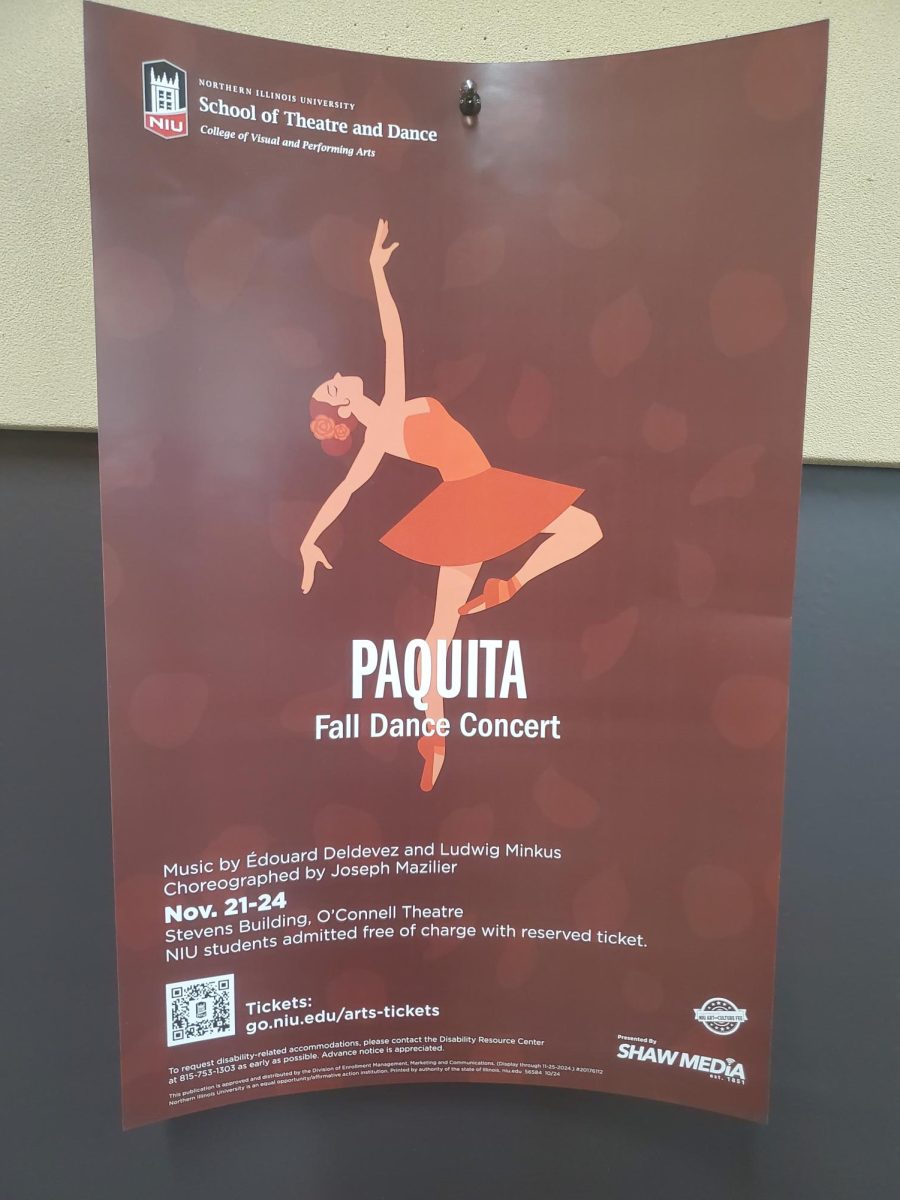Sofia Coppola’s “Priscilla” feels real; and while it may be a little trim at times, the film is important, if only for the story it’s telling.
“Priscilla” tells the story of Priscilla Beaulieu, a 14-year-old girl who met Elvis Presley during the height of his fame.
The 24-year-old Presley developed a predatory crush on Priscilla, luring her in with his fame, charm and prescription drugs. The film follows Elvis Presley and Priscilla Presley’s “relationship” as Priscilla grew up. She even moved into Presley’s house to be closer to him while finishing high school.
The film reverses the narrative-norm, from glorifying Elvis Presley to depicting how Priscilla Presley saw their relationship. Telling the story of an abused child, the film looks at the system built around Priscilla Presley in order to ensure she stayed tied around Elvis Presley’s finger.
Cailee Spaeny’s performance of Priscilla Presley, which won Best Actress at the Venice Film Festival in September, perfectly spans the multi-decade timeline of the film. Spaeny captures the youth of Priscilla Presley at the beginning of the movie and the maturing, adult Priscilla Presley at the end of the movie.
Spaeny’s performance is full of emotional subtleties. When she first arrives at Graceland, Elvis Presley’s house, and he is leaving to go shoot a movie, Spaeny subtly flinches when he calls her “baby girl” because even the teenage Priscilla Presley knows she is a hyperbolic baby girl compared to the star.
Spaeny perfectly balances love, fear and uncertainty between her character and Elvis Presley. She changes that balance as the movie goes on and Priscilla Presley learns more about Elvis Presley and their relationship.
Paired with Jacob Elordi’s Elvis Presley, the film’s main duo is dangerously entrancing. Elordi combines Elvis Presley’s signature charm with a frightening and hidden rage.
Effortlessly switching between these two emotions, Elordi embodies the legend, bringing out a more relaxed version of Presley’s voice, one that feels far more true than Austin Butler’s impression from last year’s addition to the Elvis canon.
To make these performances even more realistic, Tamara Deverell’s set design, Cliona Furey’s hair and Jo-Ann MacNeil’s make-up helped build the world around these two pillars.
My biggest qualm with the film is its understated color. While this calm, cool vibe is typical in a Sofia Coppola film, there were moments where the color is too muted. It was almost like the film was playing on a phone with low brightness.
Despite the cinematographic lapse, the ending was shocking, not for any plot reasons, but because of how quickly it arrived. With a run time under two hours, this film is quick, especially compared to the three-hour epics that have been released this year – like “Oppenheimer” and “Killers of the Flower Moon.”
When the final scene hit and the credits rolled, it felt like there was still 20 minutes or 30 minutes left of the film, a choice that may have been calling attention to the fact that Priscilla Presley still has a life to live.















